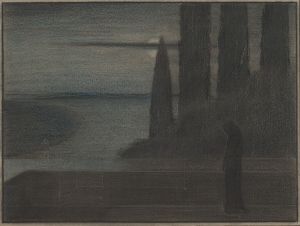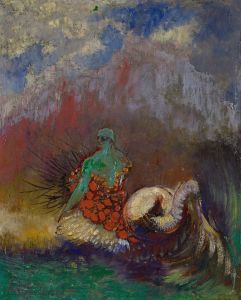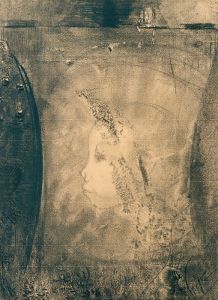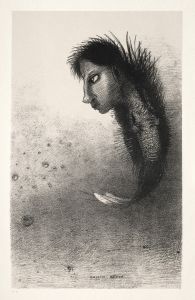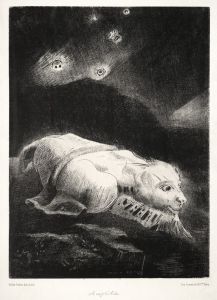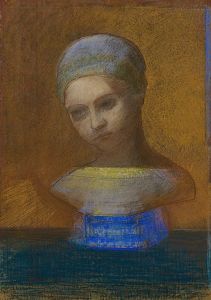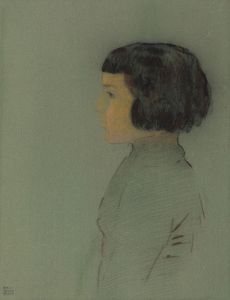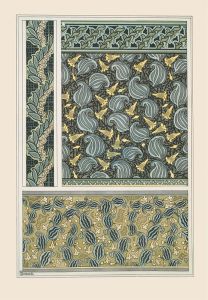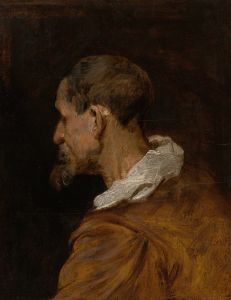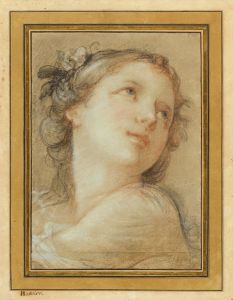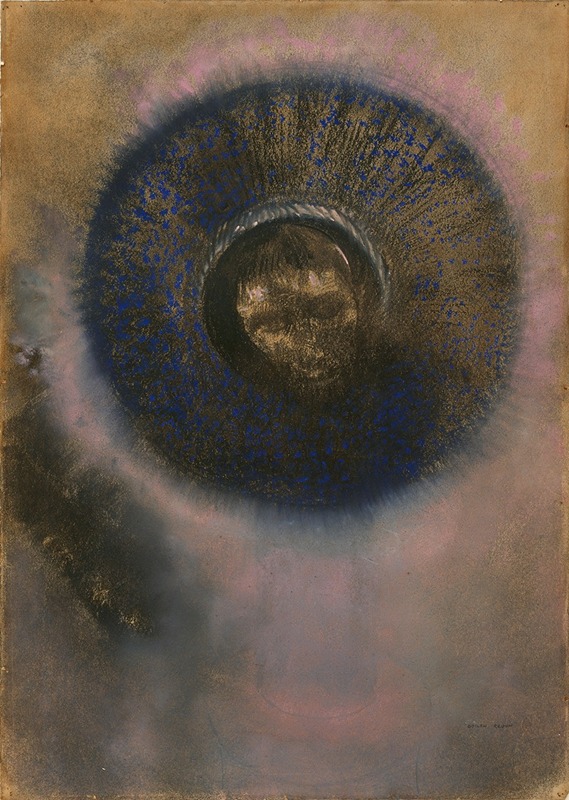
Head within an Aureole
A hand-painted replica of Odilon Redon’s masterpiece Head within an Aureole, meticulously crafted by professional artists to capture the true essence of the original. Each piece is created with museum-quality canvas and rare mineral pigments, carefully painted by experienced artists with delicate brushstrokes and rich, layered colors to perfectly recreate the texture of the original artwork. Unlike machine-printed reproductions, this hand-painted version brings the painting to life, infused with the artist’s emotions and skill in every stroke. Whether for personal collection or home decoration, it instantly elevates the artistic atmosphere of any space.
"Head within an Aureole" is a painting by the French symbolist artist Odilon Redon, created in the late 19th or early 20th century. Redon, known for his imaginative and often fantastical works, was a key figure in the Symbolist movement, which sought to express ideas and emotions through symbolic imagery and themes rather than direct representation.
Odilon Redon was born on April 20, 1840, in Bordeaux, France. He initially studied architecture but later turned to painting and drawing, influenced by his studies under the artist Jean-Léon Gérôme and his friendship with the botanist Armand Clavaud. Redon's early work was primarily in charcoal and lithography, creating what he called his "noirs," which were monochromatic works exploring themes of dreams and the subconscious.
"Head within an Aureole" exemplifies Redon's transition from these dark, monochromatic works to his later use of vibrant color. This transition was influenced by his exposure to Impressionism and the works of artists like Claude Monet, as well as his interest in Eastern philosophies and the writings of Edgar Allan Poe and Charles Baudelaire. The painting features a head, often interpreted as a spiritual or mystical figure, surrounded by an aureole, a halo-like form that suggests divinity or enlightenment.
The use of the aureole in the painting aligns with Redon's interest in religious and mystical themes, which were prevalent throughout his career. His works often depict ethereal and otherworldly subjects, reflecting his fascination with the unseen and the spiritual. The aureole in this painting serves as a symbol of transcendence and the connection between the earthly and the divine.
Redon's use of color in "Head within an Aureole" is particularly noteworthy. He employed a rich palette, using pastels and oils to create luminous and dreamlike effects. This use of color was a significant departure from his earlier "noirs" and marked a new phase in his artistic development. The vibrant hues in the painting enhance its mystical quality and contribute to the sense of otherworldliness that characterizes much of Redon's work.
Throughout his career, Redon was associated with the Symbolist movement, which emerged in France in the late 19th century as a reaction against the naturalism and realism that dominated the art world at the time. Symbolists sought to convey the emotional and spiritual experiences of life, often through the use of metaphor and allegory. Redon's work, with its emphasis on imagination and the exploration of the subconscious, was a perfect fit for this movement.
"Head within an Aureole" is a testament to Redon's unique vision and his ability to blend the real with the imaginary. His work has been influential in the development of modern art, particularly in the realms of Surrealism and Abstract Expressionism, where artists sought to explore the inner workings of the mind and the nature of reality.
Odilon Redon continued to create art until his death on July 6, 1916, in Paris, France. His legacy endures through his innovative approach to color and form, and his ability to evoke the mysterious and the sublime through his art. "Head within an Aureole" remains a significant example of his contribution to the Symbolist movement and his exploration of the spiritual and the fantastical.





